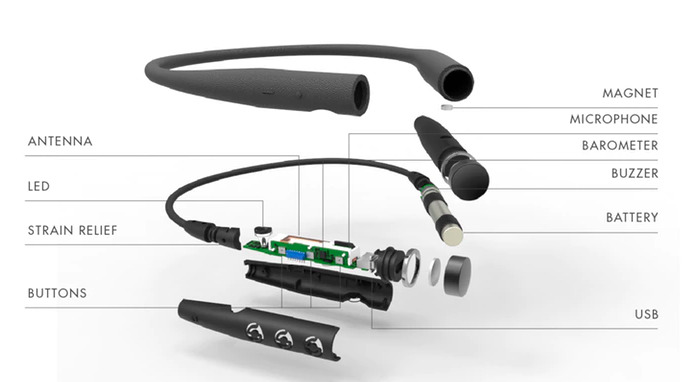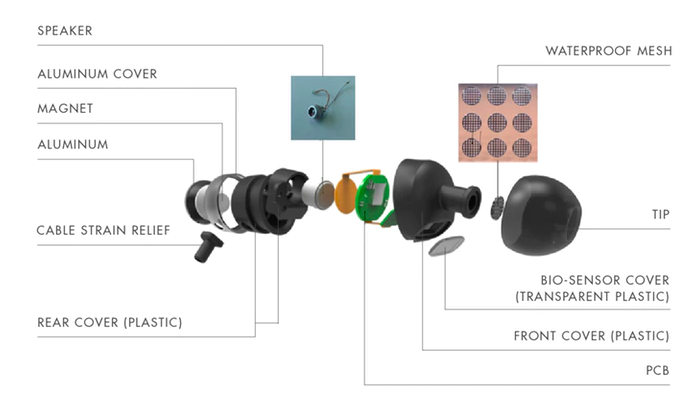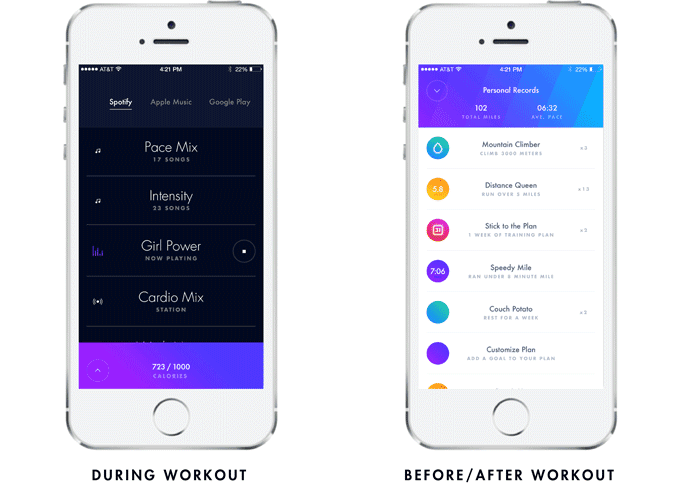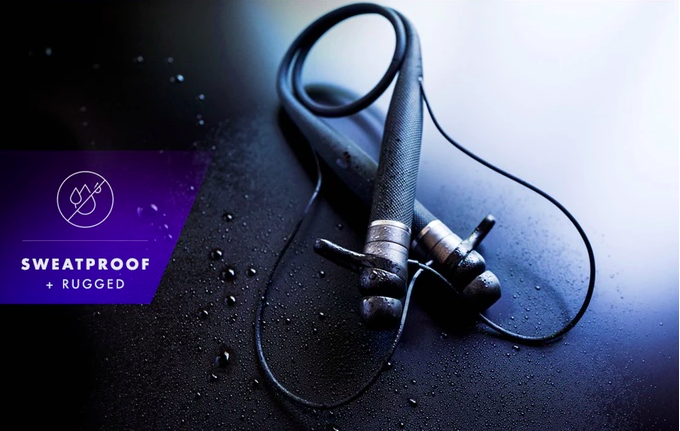Introducing Vi: Are You Ready To Be Trained by Terminator?
LifestyleTech May 12, 2024 Damon Mitchell

Teaming up with Harman Kardon, LifeBEAM, a wearable technology company whose resumé includes NASA, plans to add artificial intelligence to your workouts. Their project is on Kickstarter right now. Look out Siri, this AI would do more than spout health data.

(Source: kickstarter.com)
Vi, as LifeBEAM calls their AI, collects much of the usual fitness tracker info, but then uses that data to coach you as you run. Oh yeah, and Vi doesn’t live in an armband. She lives in your ears.
Vi is the software for a pair of Bluetooth headphones that resemble the LG Tone headphones. She is essentially your own personal trainer with supercharged information about you, accessible to her at light speed.
Talk about putting the personal in personal training. Something tells me training with Vi will be less like a beefed-up Siri, and more like watered down Arnold Schwarzenegger.
[Post-publishing note: I’m joking about Arnold, of course. LifeBEAM tweeted me to make sure I was clear that Vi is more on the motivational side.]
The Headphones Design
The prototype for Vi’s house is kind of bulky for the current trend of Bluetooth devices, but don’t let that throw you. The technology behind wireless earbuds is still under development.
Early adopters of this technology will surely welcome the second versions of their current hardware if there is such a thing as a solution. The problem? Bluetooth doesn’t pass through human flesh well. Bury that tech in the ear canal and you have a recipe for dropped sound, unless your wear your MP3 player duct taped to your head.
With VI, the earbuds extend up from a yolk that rests on your shoulders, wrapped around your neck in a U-shape. From existing technology this is not as annoying as it may appear.
The yolk is a lightweight, foldable material. If you don’t want Vi on your neck, then you can easily pocket the operation. The buds slide into the yolk when not being used, staying put via magnets.
From a reliability standpoint, the advantage is clear—data passes easily from the Bluetooth chip to your device, then back to your ears via the headphones for feedback and coaching.
The Advantages of Vi
Vi may be the closest thing to voices in your head without needing to medicate. You may consider that disadvantageous, but Vi always has your best interests in mind.
When you’re exercising she will not only push you to run harder, she will back you down if she notices your heart rate is too fast. She will reward you by recognizing mile-markers, play music for you to pace your stride, and even be able to understand your labored commands.
More than a fitness tracker, Vi can tell the weather, facilitate phone calls and play your music. With Harman Kardon is attached to this project, you can expect sound playback to be top notch. Vi will also work with iOs and Android.
The Disadvantages of Vi
With no GPS hardware and no MP3 hardware, unlike some wearables, Vi does require you to cart your phone for the run.
As running is Vi’s first area of development, it is surprising to learn that users would not have the option to run untethered. Future editions of VI will hopefully include GPS and the ability to stream music.
The first version of Vi will only be designed to assist runners, but upgrades to this capability will be mostly software based. It’s easy to imagine that cycling is only a few tweaks away from running. Plus, Vi is already adept at working indoors, so training on any cardio equipment is also just around the corner.
As far as weight training goes, that sounds like a tough nut to crack. We’ll opt not to hold our breath.
The Kickstarter Campaign
Although this may be the first you’ve heard of them, LifeBEAM is no stranger to wearables. They’ve produced two products focused on integrated wearable technology. Previous products include a baseball hat and a helmet, which are civilian versions of the tech they designed for the Air Force and NASA.
Essentially, LifeBEAM brings space technology to workouts.
It may be this experience that has skyrocketed their Kickstarter campaign. Investors know they already have the know-how and the supply chains to make this idea a reality.
As of this writing, they are three times over their $100,000 goal with 43 days left on the campaign.
All told, there’s a good chance Vi will be to market sooner than later. That’s good news for LifeBEAM, your workouts, and the wearables benchmark.
If it seems like the speed and number of products coming out is growing exponentially, that’s because it is. This is a very exciting time for wearables.
The best part for exercising adults is that this growth is hyper-focused on fitness wearables. The question that remains is, will all this wearable tech make our workouts easier or harder?



